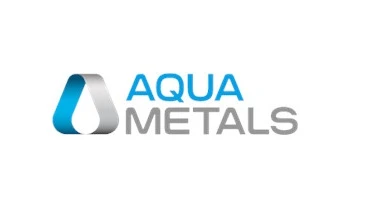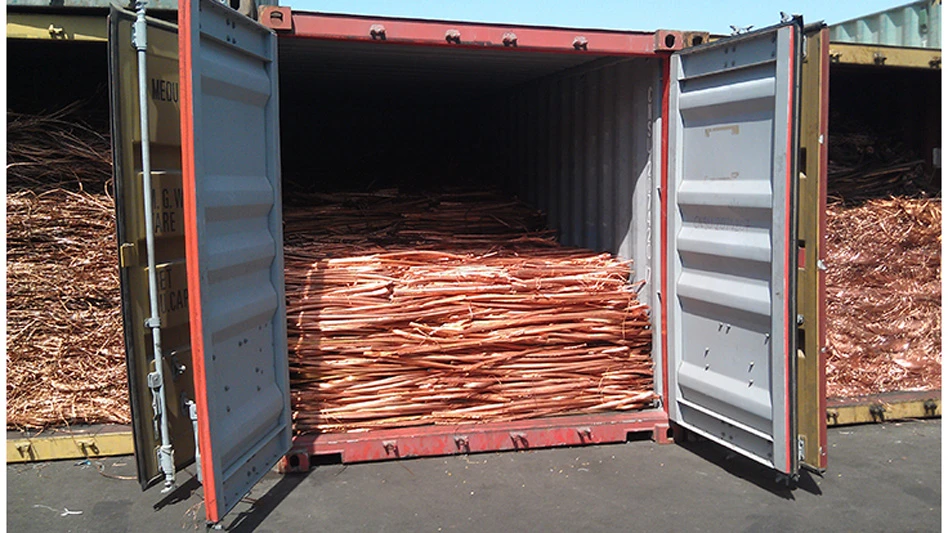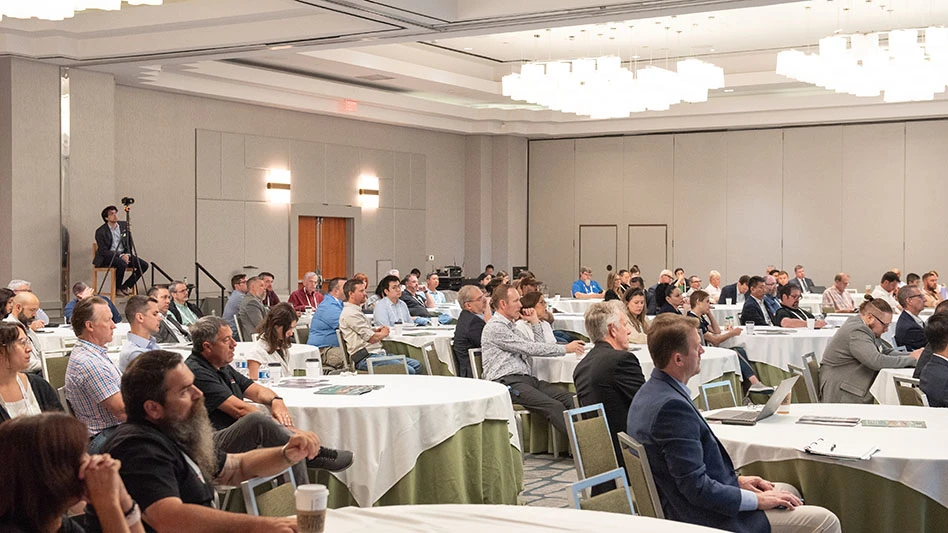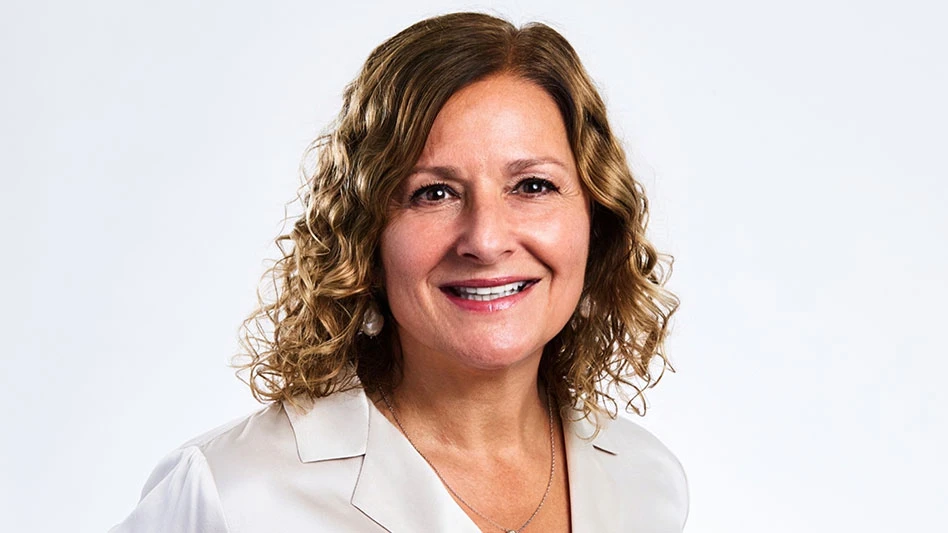Ferrous scrap recyclers have been telling themselves for several months that things are about to turn for the better, but finally the numbers are beginning to concur.
Although overcapacity continues to plague the global steel industry, a reviving North American economy combined with Section 201 protections are helping steel prices to creep back up. Scrap suppliers are anticipating that the same will follow for their commodity.
Paul Lowrey of Metal Strategies, Pittsburgh, told attendees of the Ferrous Spotlight at the Annual Convention of the Institute of Scrap Recycling Industries Inc. (ISRI) in Las Vegas that the 16 steel categories that have received Section 201 trade protection from the Bush administration make up 75 percent of the import volume of steel coming into the U.S. market.

Since the tariffs of up to 30 percent were announced, steelmakers are finally beginning to increase the price of their product. If the price increases stick, it will reverse a disturbing trend in steel pricing, according to Lowrey. In the last decade, steel prices have declined by an average of 2.5 percent annually. "If they keep going down at this rate, steel will be free in 40 more years," Lowrey quipped.
The domestic steel industry may still be at a disadvantage due to its fragmented nature, Lowrey noted. "In my opinion, consolidation is way long overdue," he remarked. Currently, though, only U.S. Steel, Pittsburgh, and Nucor Corp., Charlotte, N.C., have the cash on hand to spur consolidation, according to Lowrey.
He noted that the nation’s many steelmakers are competing against each other for orders from three large automakers, four appliance companies and four steel can companies.
Even before Section 201, Lowrey noted that import tonnage started to decrease last year. "I think the worst is behind us. The decline in imports is becoming meaningful."
Donald Huizenga of Kudzel Industries Inc., Muskegon, Mich., who is also president of the American Foundry Society, Des Plaines, Ill., said the foundry industry is expecting to increase its production of castings by 3 percent or 4 percent this year, with much of that growth coming in the second half of the year. Ductile iron output may rise as much as 5 percent, while gray iron is suffering from an overcapacity situation similar to the steel industry’s.

Explore the April 2002 Issue
Check out more from this issue and find your next story to read.
Latest from Recycling Today
- USTR announces phased measures designed to address China’s shipbuilding dominance
- APR, RecyClass release partnership progress report
- Clearpoint Recycling, Enviroo sign PET supply contract
- Invista expanding ISCC Plus certification program
- Redwood partnership targets recycling of medium-format batteries
- Enfinite forms Hazardous & Specialty Waste Management Council
- Combined DRS, EPR legislation introduced in Rhode Island
- Eureka Recycling starts up newly upgraded MRF





